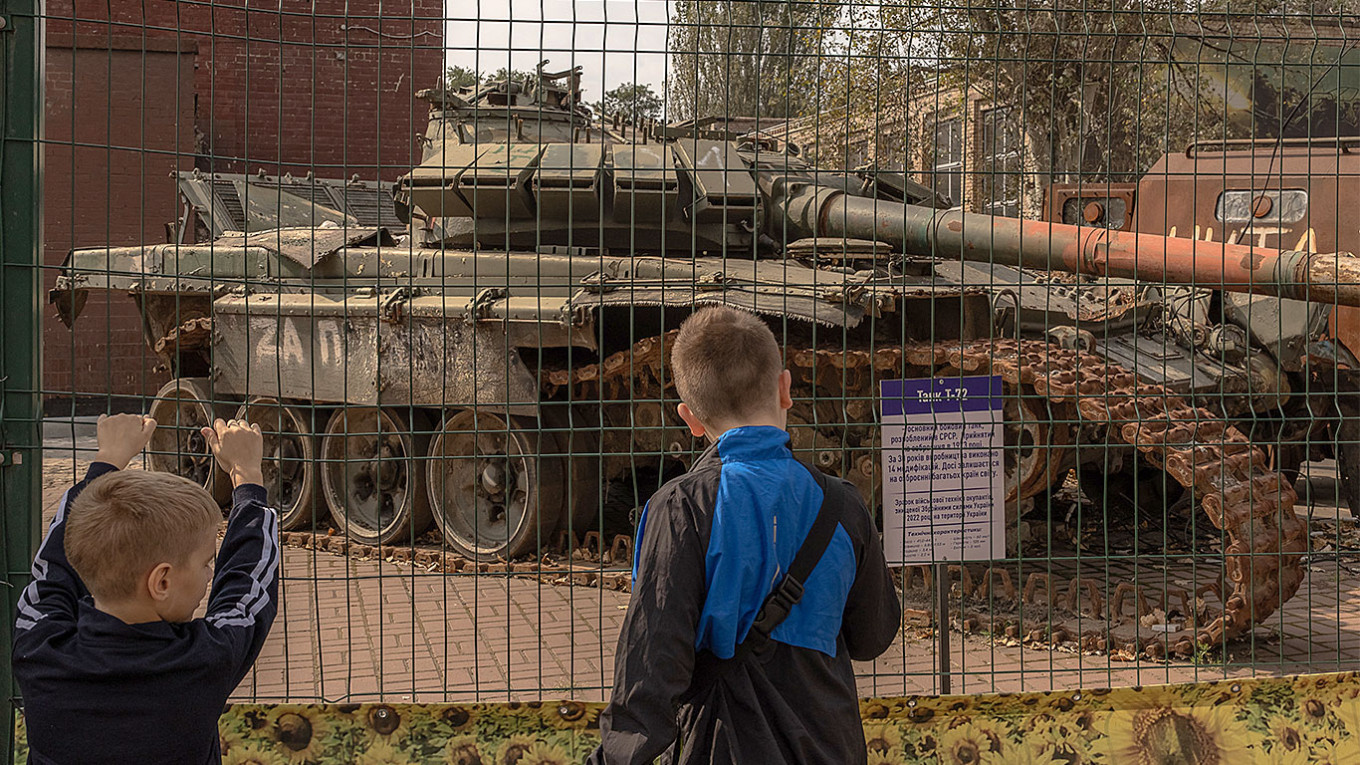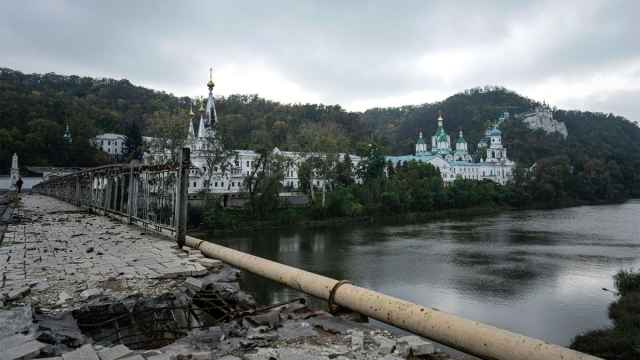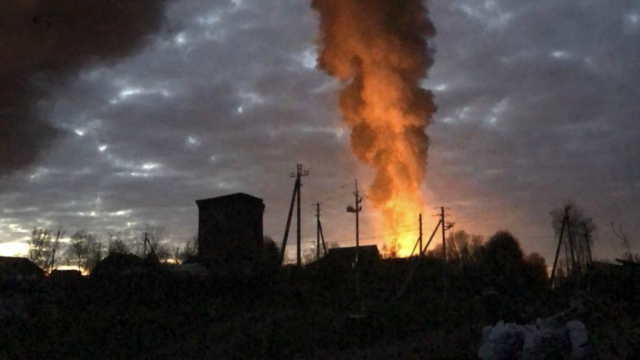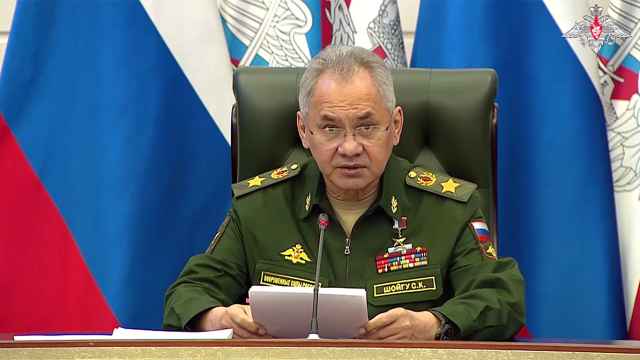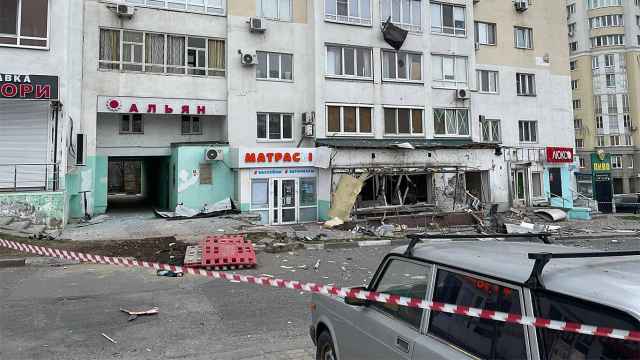Since the beginning of the full-scale invasion, Russia has suffered heavy losses in both personnel and military materiel. The high rate of losses is forcing Moscow to send units into battle with improvised equipment, saving its limited resources until everything else has failed. It is a sign of weakness in the invading forces which can be overlooked by headlines about Russian advances on multiple fronts.
According to confirmed data from the Oryx project, as of May 1, 2024, Russia has lost 2,006 armored personnel carriers (APC) and armored fighting vehicles (AFV) destroyed, abandoned, or captured. As well as modern Russian armored personnel carriers like the BTR 80, this number includes many Soviet-era vehicles.
The situation with losses among infantry fighting vehicles is even worse. Since the beginning of the war in Russia, the Ukrainian Defense Forces have taken 3,967 units of equipment out of action, of which 2,879 were destroyed completely.
Such losses could not but affect the Russian army's supply of combat vehicles. A report from the International Institute of Strategic Studies says that at the start of 2022, Russia had 14,193 armored personnel carriers and infantry fighting vehicles in service. As of May 13, 2024, 42.08% of those had been lost. Furthermore, if we take into account the greater number of losses reported by the General Staff of the Armed Forces of Ukraine, Russia has lost more vehicles than were held in its pre-war inventory.
In order to compensate for losses on the battlefield, the Kremlin has drawn the large stockpiles of preserved military weapons that Russia was left with after the collapse of the Soviet Union. According to satellite imagery, Russia had about 14,865 armored combat vehicles in storage before the full-scale invasion, at least 4,813 of which are thought to have been withdrawn as of May 2024.
Even though Russia restores about 185 armored vehicles per month on top of producing new machines, these efforts are unlikely to be enough to cover their monthly losses. According to the losses confirmed by Oryx, the Russian army loses an average of 180 armored vehicles per month, which is likely to be an undercount.
It is becoming noticeable that fewer armored vehicles are being deployed to the front. Russian command has clearly had to concentrate its most sophisticated weapons and equipment in priority areas. As a result, Russia has been forced to improvise solutions to the shortage of armed vehicles in other combat zones.
Recently, the Ukrainian army has recorded an increase in the number of assault operations by enemy units on motorcycles, buggies and golf carts or unarmored Ural trucks encased in anti-drone cages. Perhaps emblematic of this is the emergence of the "turtle tank," characterized by a tortoise shell-like casing of improvised armor designed to protect against shrapnel and kamikaze drones. In a strange irony, soldiers have been forced to guard the vehicles that are supposed to protect them.
At the current rate of losses, Russia may soon exhaust its stocks from the Soviet era, and more modern models of BMP and APC could become rarities on the battlefield in one-and-a-half to two years. This will inevitably have ramifications for Moscow’s battlefield planning.
A striking example is the current offensive in the Kharkiv region, particularly near the town of Vovchansk. Russia has been forced to limit its use of armored vehicles and has even resorted to requiring light infantry and special forces to do reconnaissance and advance on foot. Only when this fails is equipment sent to support the assault forces, suppress Ukrainian firing positions, and gain further ground.
General Oleksandr Pavliuk, commander of the Armed Forces of Ukraine, said earlier this month that Russia would check the stability of Ukrainian defense lines before choosing the most favorable direction for an attack. The country’s General Staff was acting on intelligence to counter an attack in the Kharkiv region before the new offensive was launched. The current situation is proving that warnings that Russia would take advantage of the time for long-delayed U.S. aid to arrive at the front lines to escalate their attacks.
It is in the interests of Ukraine's partners to provide military and financial assistance so Kyiv can continue reducing Moscow’s capabilities to take the war to other European countries. So while the West holds back for fear of escalating the war, they are overlooking how Ukraine has proved that it can weaken Russia, reducing the risk of future escalation altogether.
A Message from The Moscow Times:
Dear readers,
We are facing unprecedented challenges. Russia's Prosecutor General's Office has designated The Moscow Times as an "undesirable" organization, criminalizing our work and putting our staff at risk of prosecution. This follows our earlier unjust labeling as a "foreign agent."
These actions are direct attempts to silence independent journalism in Russia. The authorities claim our work "discredits the decisions of the Russian leadership." We see things differently: we strive to provide accurate, unbiased reporting on Russia.
We, the journalists of The Moscow Times, refuse to be silenced. But to continue our work, we need your help.
Your support, no matter how small, makes a world of difference. If you can, please support us monthly starting from just $2. It's quick to set up, and every contribution makes a significant impact.
By supporting The Moscow Times, you're defending open, independent journalism in the face of repression. Thank you for standing with us.
Remind me later.


